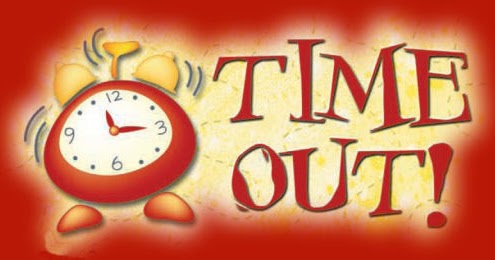

Jesus’ disciples know the truth, as do the servants, but it is clearly stated by John that the groom publicly gets the credit for the wine, and the governor or steward in charge of the feast doesn’t suspect that Jesus is behind it. The miracle at Cana is often imagined (by people who know vaguely of the story but have never read what the Bible actually says about it) as a public demonstration of Jesus’ divinity.īut this act is, we should note, performed only with the utmost reluctance – Jesus even shouts at his mother for persuading him to turn the water into wine, after all! – and kept secret from the majority of guests at the wedding. This beginning of miracles did Jesus in Cana of Galilee, and manifested forth his glory and his disciples believed on him.Īnd then the story moves on to what Jesus and his mother and brothers did after the wedding, including a visit to Capernaum (a fishing village located on the northern shore of the Sea of Galilee) before they returned to Jerusalem for Passover. John adds, as a kind of coda to this story of the miracle at Cana: The governor of the feast then called the bridegroom and congratulated him for keeping ‘the good wine’ back until this point in the feast. He couldn’t say where it had come from, but the servants knew (and probably smiled to themselves, as they realised what Jesus had done). To put this another way: the ruler of the feast tasted the water, and realised that it was wine. When the ruler of the feast had tasted the water that was made wine, and knew not whence it was: (but the servants which drew the water knew ) the governor of the feast called the bridegroom,Īnd saith unto him, Every man at the beginning doth set forth good wine and when men have well drunk, then that which is worse: but thou hast kept the good wine until now.

Then he told them to fetch the governor or ‘ruler’ of the feast. Jesus told the servants to fill them up with water, and they did so. In summary, then, there were six water pots made out of stone. So, what does Jesus do? Once the waterpots had been filled to the brim with water – as Jesus had instructed – he called upon the servants to draw the liquid out of the pots:Īnd he saith unto them, Draw out now, and bear unto the governor of the feast. Mary is fully aware of her son’s special powers, and this is why she calls upon him – even though it would be ‘blowing his cover’, as it were – to work his magic and provide wine for everyone at the festival. And this is obviously relevant to this story of Jesus turning water into wine. She arguably plays a more central role in Jesus’ development than she does in the synoptic gospels. So all of this is not to say that John downplays Mary’s role: quite the opposite. Right from those opening words, ‘In the beginning was the Word, and the Word was with God, and the Word was God’, John is telling his readers that his account of Jesus’ life will treat Jesus as much more than a human being. But the Gospel of John is quite different. These three accounts all reflect each other to varying degrees. Matthew, Mark, and Luke are grouped together as the ‘Synoptic’ gospels, from a word meaning ‘seeing together’. (It’s been speculated, though we cannot know for sure, that John may have written his account in the late first century AD, when he was an old man of nearly 90.) The gospel of John was written later still, and of the four, has the strongest claim to actually having been written by one of Jesus’ apostles. The Gospel of Mark is thought to have been composed the earliest of the four gospels, with Matthew and Luke basing their own accounts on it. It’s perhaps helpful to begin by setting out the difference between the Gospel of John and the three other gospels: Matthew, Mark, and Luke.

Joseph, similarly, is named as Jesus’ father despite the obviously unconventional (to put it one way) origins of Jesus. His gospel contains no reference to the miracle of the virgin birth and effectively views Mary (unnamed) as a normal mother. When he refers to her, as above, he calls her simply ‘the mother of Jesus’.

While we’re mentioning Mary, it’s worth pointing out that, unlike the other three gospel writers, John never does so – mention Mary, that is.


 0 kommentar(er)
0 kommentar(er)
